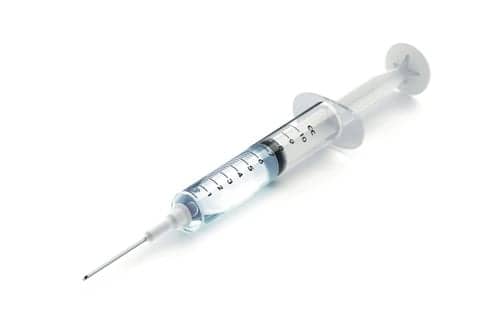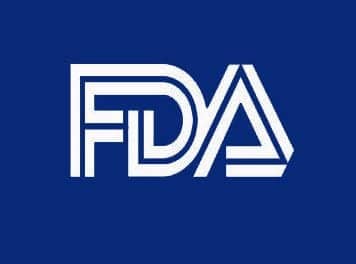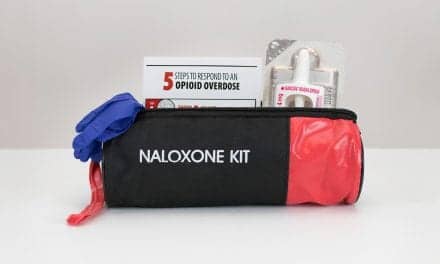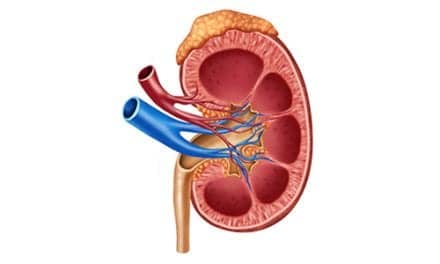Janssen Pharmaceutical Companies has submitted a New Drug Application (NDA) to the FDA for Uptravi (selexipag) as an injection for intravenous use for the treatment of pulmonary arterial hypertension. The NDA is for Uptravi as a treatment for PAH (WHO Group I) in adults with WHO functional class (FC) II–III, who are currently prescribed oral Uptravi but are temporarily unable to take oral therapy.
Uptravi is a selective, prostacyclin IP receptor agonist. Oral Uptravi was approved by the FDA in 2015 for the treatment of PAH to delay disease progression and reduce the risk of hospitalization.
“Even relatively short-term PAH treatment interruptions due to a temporary inability to take oral medication, like during surgery, can have a significant negative impact on a person’s health,” said Neil Davie, PhD, Global Therapeutic Area Head, Pulmonary Hypertension, Janssen Research & Development, LLC. “We have demonstrated that continued treatment with Uptravi can significantly improve patients’ long-term outcomes. Preventing an interruption of treatment with an IV formulation is an important therapeutic option and we are pleased to be one step closer to bringing this important treatment to the PAH community.”
The NDA is based on the prospective, multi-center Phase 3 study designed to evaluate the safety and tolerability of patients with PAH temporarily switching from oral Uptravi to Uptravi IV, and then transitioning back to the initial oral dose. Results showed that Uptravi IV is suitable to maintain continuous dosing for short periods of time when oral administration of Uptravi is not feasible.
The Uptravi IV study (NCT03187678) was a prospective, multi-center, open-label single-sequence cross–over, Phase 3 study designed to assess the safety, tolerability and pharmacokinetics of temporarily switching between oral Uptravi and Uptravi IV. The study examined a stable dose of Uptravi tablets to a corresponding dose of Uptravi for injection and switching back to Uptravi tablets. The treatment and observation phase was divided into 3 periods. In Period 1, patients received their stable oral dose of Uptravi twice daily (morning and evening of Day 1). In Period 2, patients received three infusions of corresponding Uptravi IV doses (morning and evening of Day 2, and morning of Day 3). In Period 3, patients resumed their stable oral Uptravi dose twice daily in the evening of Day 3 for 9 days, which was continued through the safety follow-up. Patients were hospitalized during Periods 1 and 2.
All 20 enrolled patients completed the study as planned and received all Uptravi doses (oral or IV). The switch between oral Uptravi and Uptravi IV was well tolerated, and there were no unexpected safety findings. Adverse reactions that resulted from Uptravi for injection were similar to those associated with Uptravi tablets, with the exception of infusion site reaction. Prostacyclin-associated adverse events included headache, diarrhea, nausea, vomiting, pain in jaw, myalgia, pain in extremity, flushing and arthralgia.1










